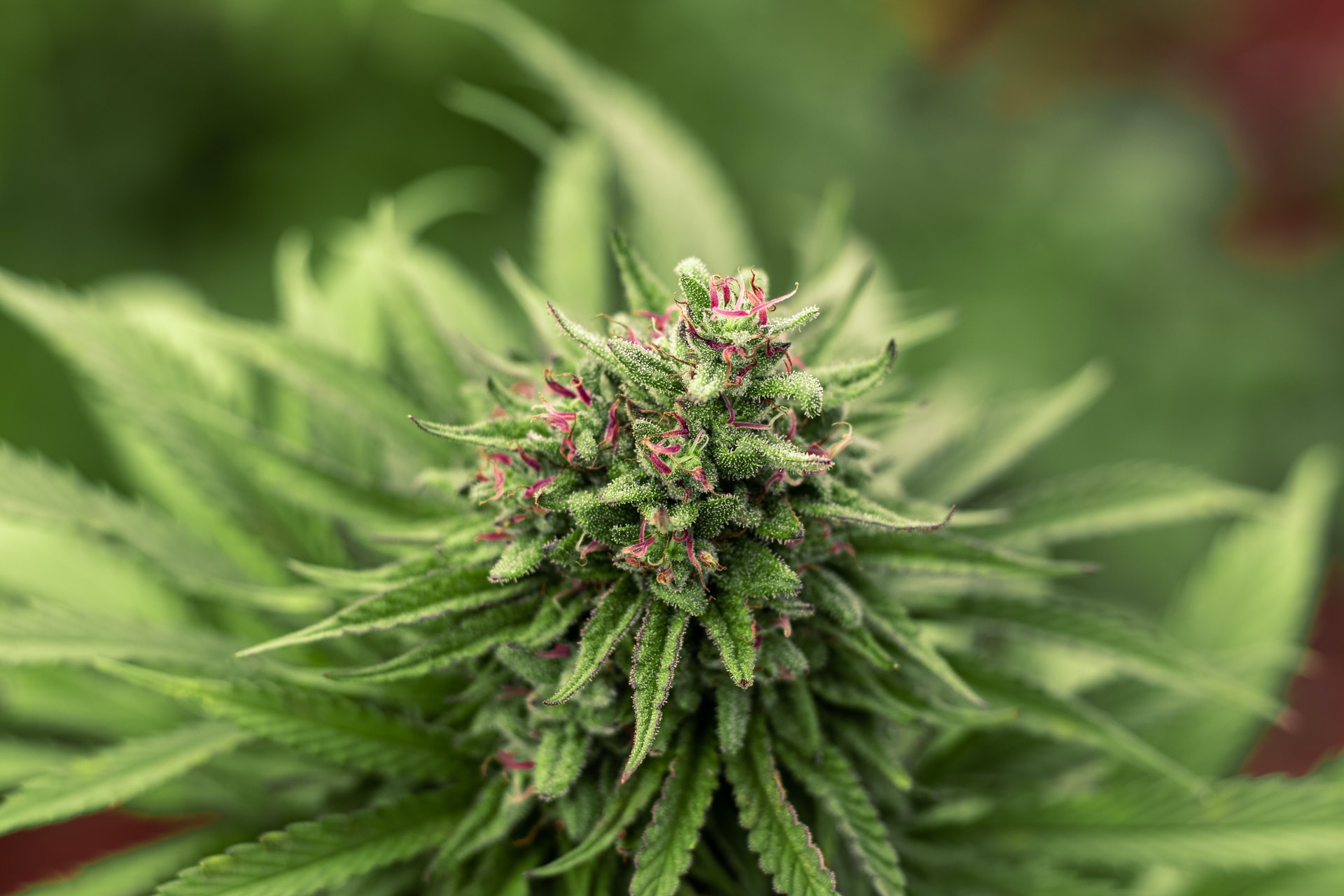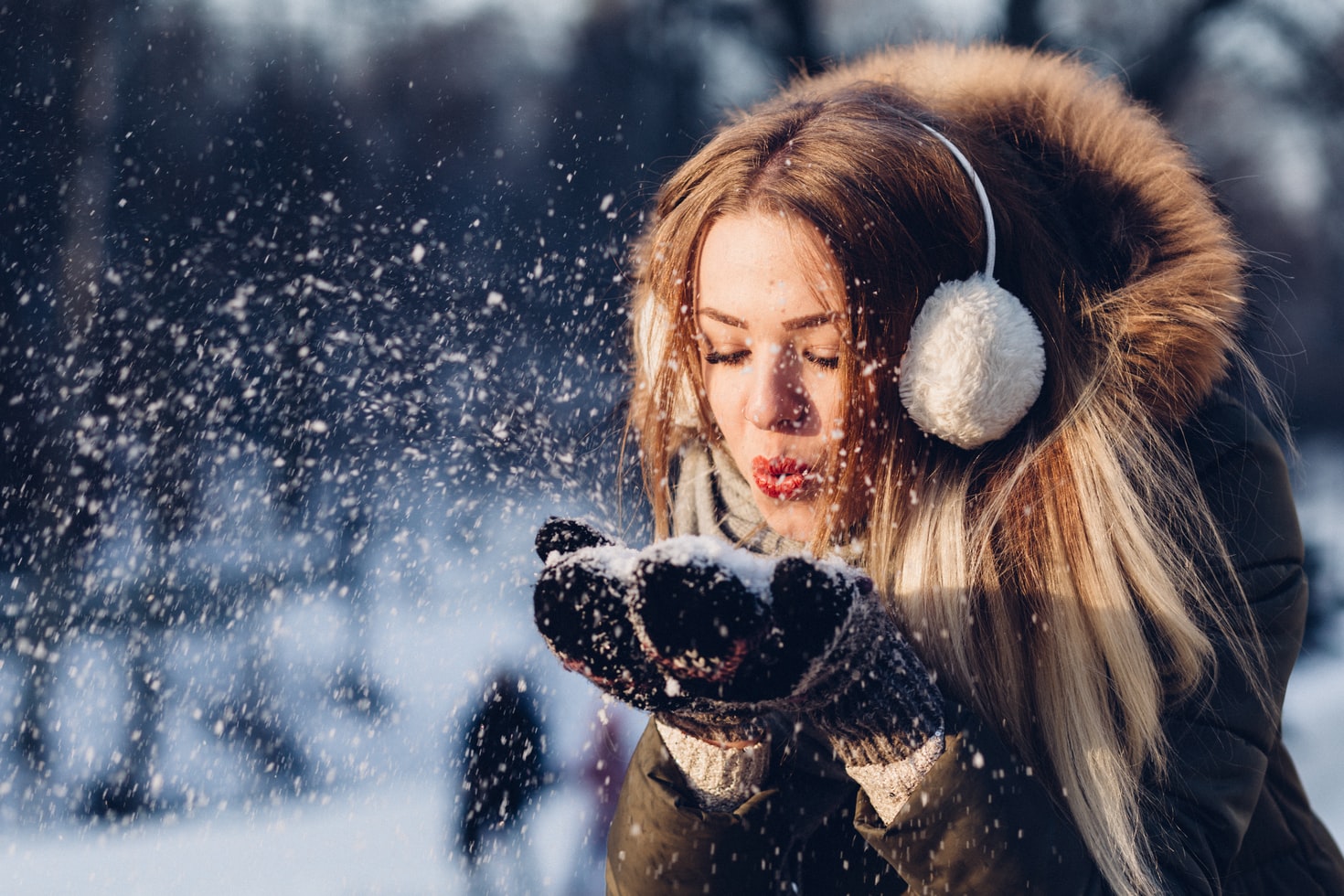CBD flower buds have gained significant attention in recent years due to their therapeutic benefits and legal status in many regions. Understanding the structure of CBD flower buds is essential for consumers, cultivators, and enthusiasts to appreciate their quality, potency, and potential effects. This guide provides a comprehensive look at the anatomy of CBD flower buds, including their various components and their significance.
Anatomy of CBD Flower Buds
1. The Cola
The cola is the main cluster of buds at the top of the cannabis plant. It is often the largest and most potent part of the plant, containing a high concentration of cannabinoids, including CBD. The size and density of the cola can vary depending on the strain and growing conditions.
2. Calyxes
Calyxes are the tiny, teardrop-shaped structures that make up the bulk of the cannabis flower. They are covered in trichomes, which produce cannabinoids and terpenes. The calyxes are responsible for protecting the reproductive organs of the plant and play a crucial role in the formation of seeds if pollinated.
3. Pistils
Pistils are the hair-like structures that emerge from the calyxes. They are initially white but change color to orange, red, or brown as the plant matures. Pistils are the female reproductive organs of the cannabis plant and serve to catch pollen from male plants. While pistils contribute little to the potency of the bud, their color and condition can indicate the maturity and health of the plant.
4. Trichomes
Trichomes are tiny, crystal-like structures that cover the surface of the cannabis flower. They are the primary producers of cannabinoids (like CBD and THC) and terpenes, which give the plant its unique aroma and therapeutic properties. Trichomes appear as a frosty layer on the buds, and their density can be an indicator of the plant’s potency. There are three main types of trichomes:
- Bulbous Trichomes: The smallest trichomes, which are difficult to see without magnification.
- Capitate Sessile Trichomes: Slightly larger and more abundant, these trichomes have a stalk and a head.
- Capitate-Stalked Trichomes: The largest and most abundant trichomes, responsible for the majority of cannabinoid and terpene production.
5. Sugar Leaves
Sugar leaves are the small, resin-coated leaves found within the bud. They are called “sugar” leaves due to their frosty appearance from the trichomes. While not as potent as the flower itself, sugar leaves contain a significant amount of cannabinoids and can be used to make extracts and edibles.
6. Stigmas
Stigmas are part of the pistil and are the thread-like structures that emerge from the calyx. They play a role in catching pollen from male plants. In mature flowers, stigmas can be seen protruding from the buds, adding to the aesthetic appeal of the flower.
Importance of Bud Structure in CBD Quality
The structure of CBD flower buds is a key factor in determining their quality and potency. High-quality CBD flower will have dense, well-formed buds with a generous coating of trichomes. The presence of healthy pistils and sugar leaves can also indicate good growing practices and proper curing techniques.
1. Trichome Density and Quality
The density and quality of trichomes are crucial for the potency and therapeutic value of CBD flower. More trichomes generally mean higher concentrations of cannabinoids and terpenes. Well-formed trichomes will appear clear or milky white, while amber trichomes can indicate over-ripeness.
2. Bud Density and Shape
Dense buds are usually a sign of good cultivation practices. They tend to have higher cannabinoid content compared to airy or “fluffy” buds. The shape and size of the buds can also be indicative of the strain and its genetic characteristics.
3. Aroma and Flavor
The terpenes produced by the trichomes give the CBD flower its unique aroma and flavor profile. A strong, pleasant aroma is often a sign of high terpene content, which can enhance the therapeutic effects of the CBD.
4. Visual Appeal
The visual appeal of the buds, including their color and the presence of vibrant pistils, can indicate freshness and quality. Buds with a rich green color and vibrant pistils are generally more desirable.
Conclusion
Understanding the structure of CBD Flower Shop buds is essential for anyone involved in the cultivation, consumption, or sale of CBD products. The anatomy of the bud, including the cola, calyxes, pistils, trichomes, sugar leaves, and stigmas, all play a crucial role in the quality and potency of the final product. By paying attention to these details, consumers can make more informed choices, and cultivators can optimize their growing practices to produce the best possible CBD flower.


